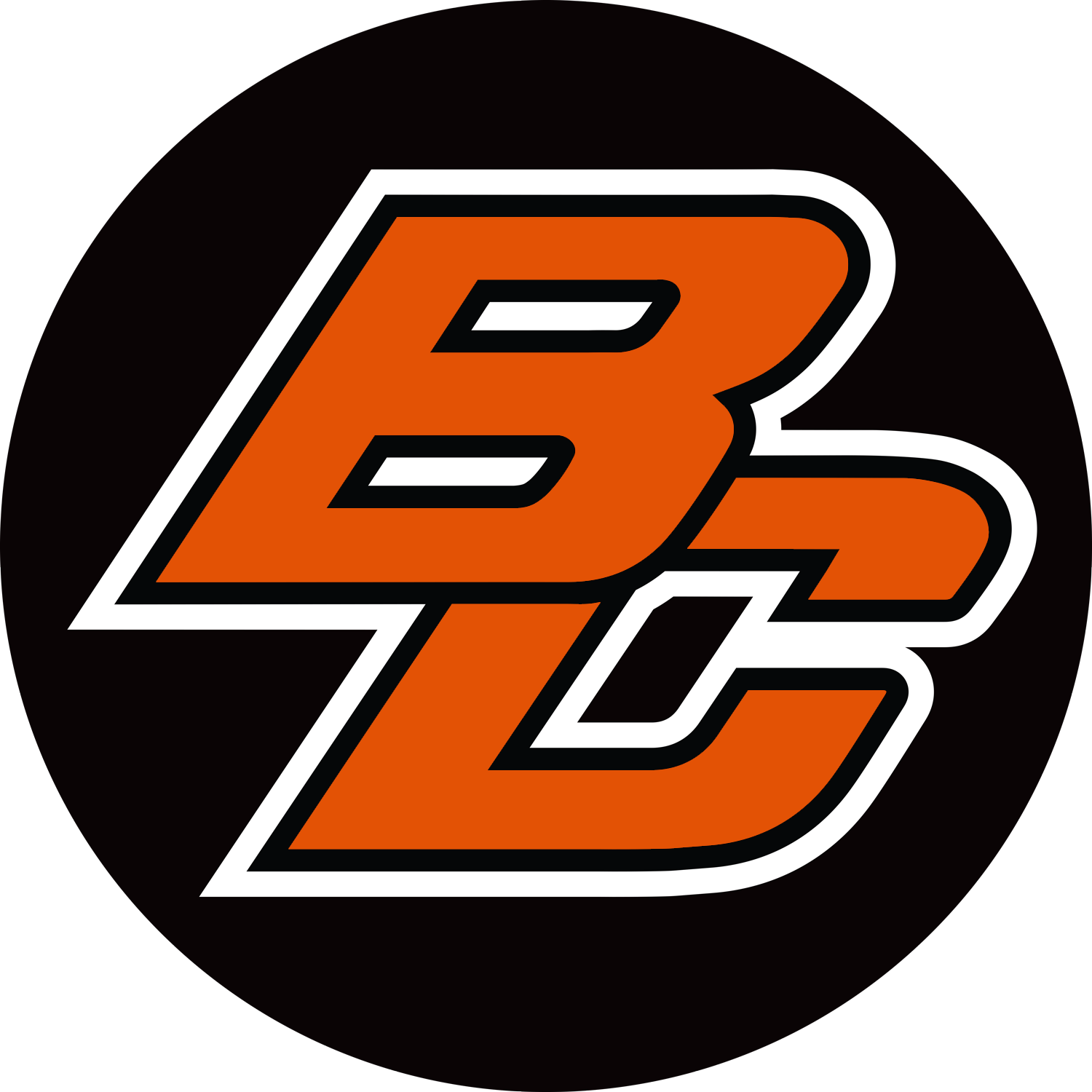What does my child learn in preschool?
Language/Literacy
Language and literacy development helps your child understand and communicate through listening, talking, reading, and writing. Our program will help your child develop communication skills to learn new concepts. Zoo Phonics is used to help teach letter names and letter sounds. Handwriting Without Tears is a developmentally appropriate program we use to introduce writing.
Math
Our preschool programs utilize a variety of manipulatives, games, problem solving, and more, to practice and learn skills necessary for math proficiency in kindergarten. Teachers encourage math learning by
- Providing materials—blocks, buttons, acorns—to count, sort, compare, and make patterns
- Talking about math and pointing out numbers
- Asking children to explain what they noticed or how they solved a problem
- Encouraging children to measure and compare objects and shapes
- Providing tools for children to record data
Fine Motor
“Fine motor” refers to the movements we make with the small muscles of the hands. Children start to use their hands right at birth to explore their own bodies and the world around them. Their fine motor skills develop as their whole body starts to move and become more stable. These skills help develop independence (zipping, tying, buttoning) and also develop writing skills. Our preschoolers have many opportunities to develop their fine motor skills as our teachers provide activities such as manipulating tweezers, tearing paper, playing with play dough, drawing, writing, cutting, and more.
Social/emotional
Social Development helps your child understand how to interact and get along with others. Our teachers help model this by teaching children how to problem solve and make positive choices . By playing and learning together, children build their social skills, language skills, and self-control. We provide children the tools to learn to resolve conflicts that may come up during play.
Emotional Development lets your child understand his feelings and the feelings of others. Teachers help children recognize and manage their own feelings and behavior. They also teach children to show concern for others. To build self-esteem, teachers encourage children to try new things and keep working at hard tasks.
Physical
Physical development is the way your child moves their arms and legs (large motor skills) and fingers and hands (small motor skills). Teachers help children learn these skills by offering different physical activities and equipment. Children run, jump, climb, throw, and catch. Using their hands, they explore materials like paints, playdough, puzzles, sand, and writing utensils of varying sorts. By using their bodies actively both indoors and outdoors, children build healthy bones and muscles.
Cognitive
Cognitive development happens as children learn to think more complexly, make decisions, and solve problems. As young children explore, ask questions, and create, they improve their thinking skills. Reflecting on and using information lets your child understand the world around them. A positive approach to learning is also an important part of developing their thinking skills. We encourage children to participate in group times, retell stories, and attend and engage in activities.





